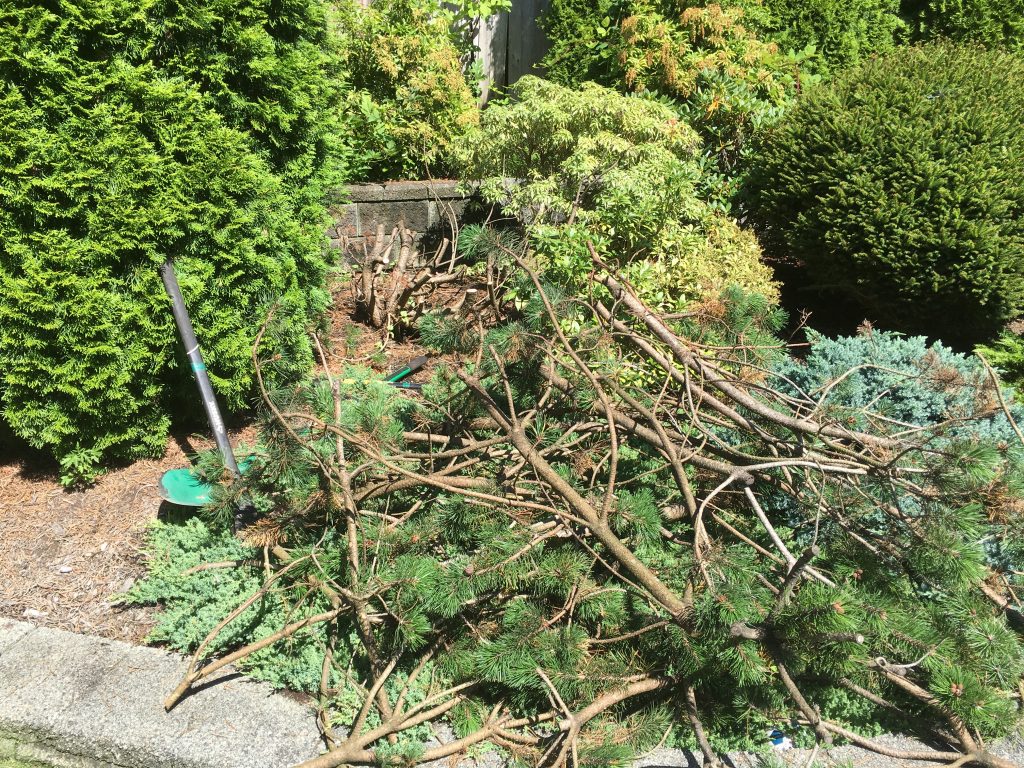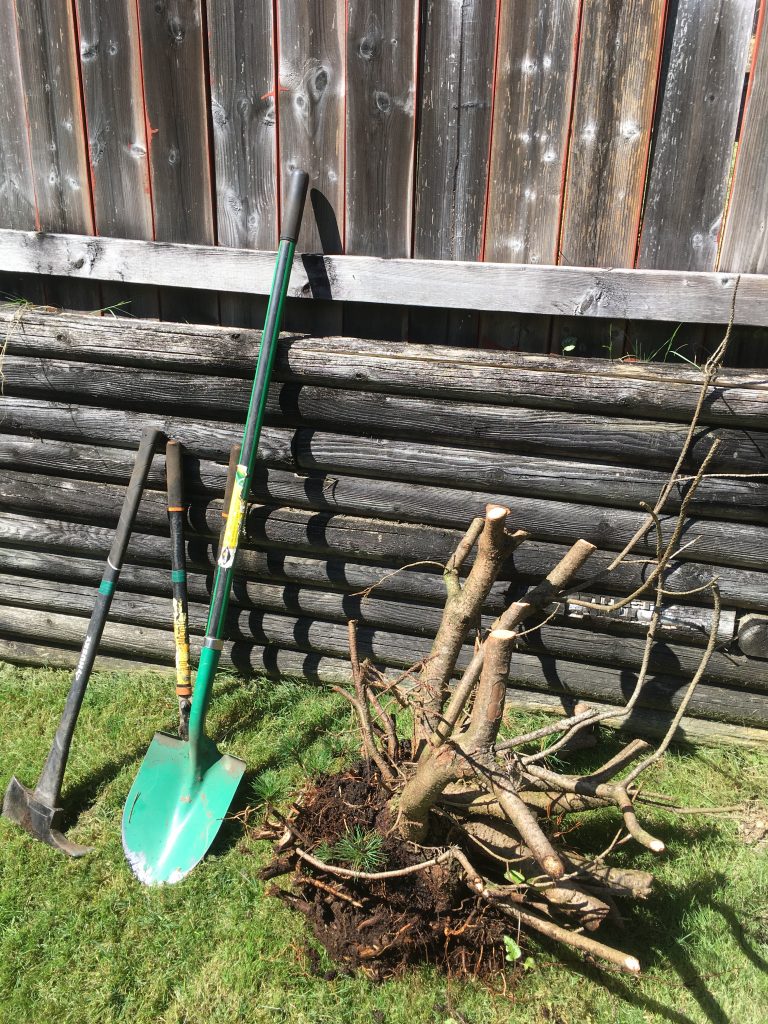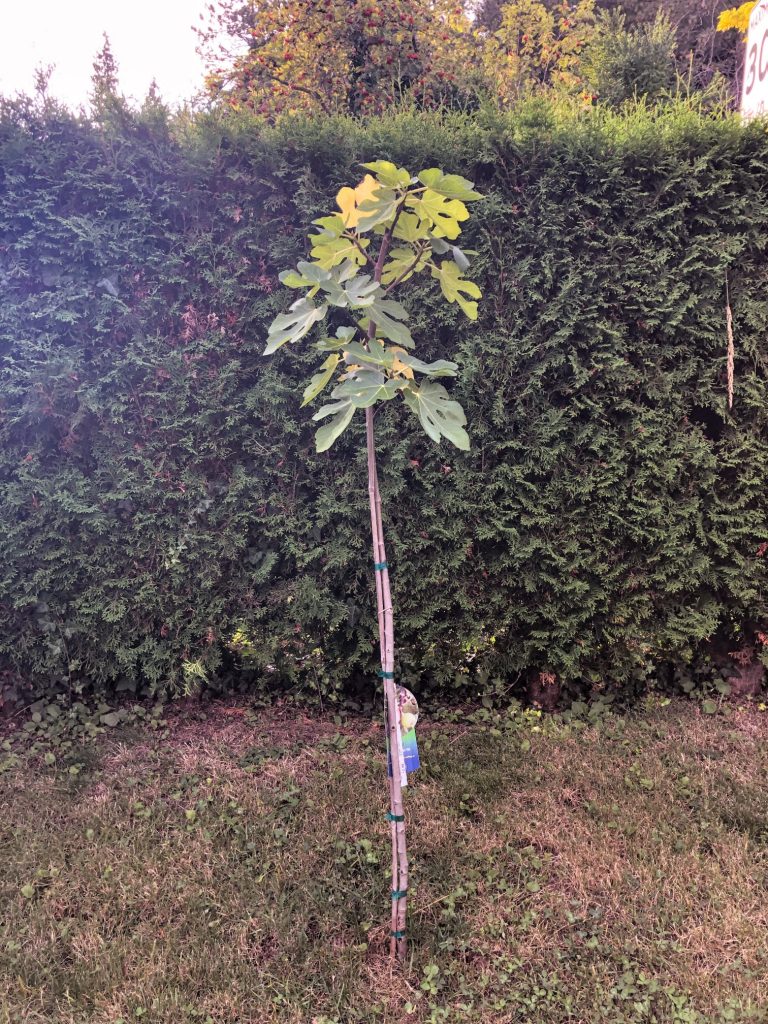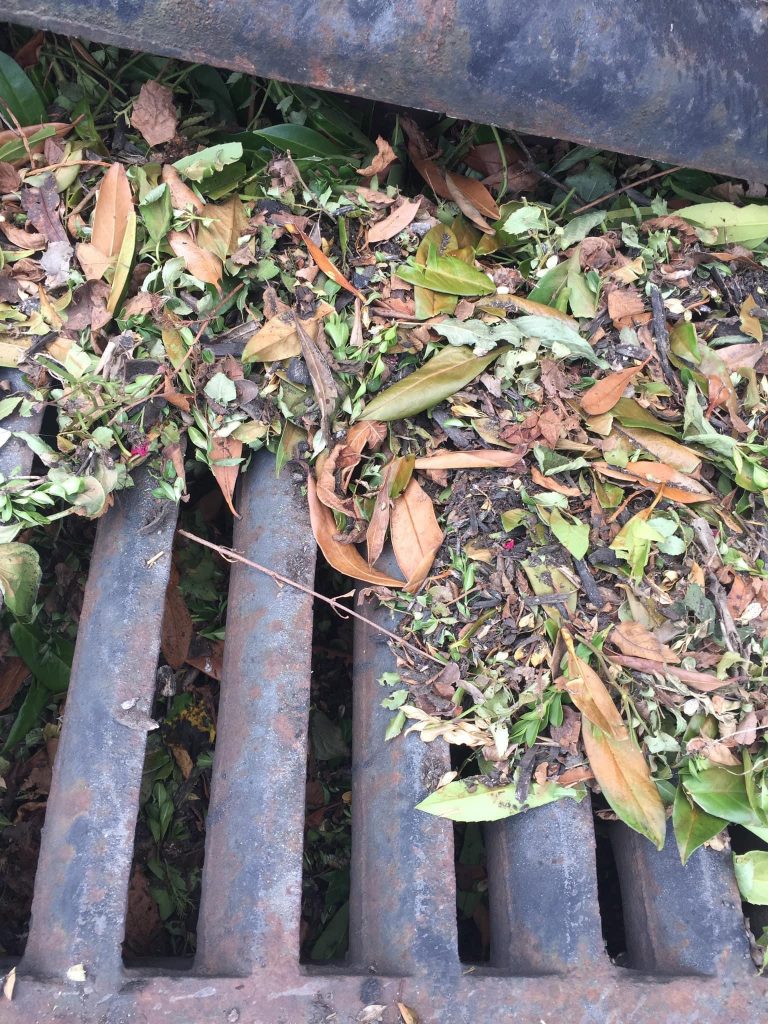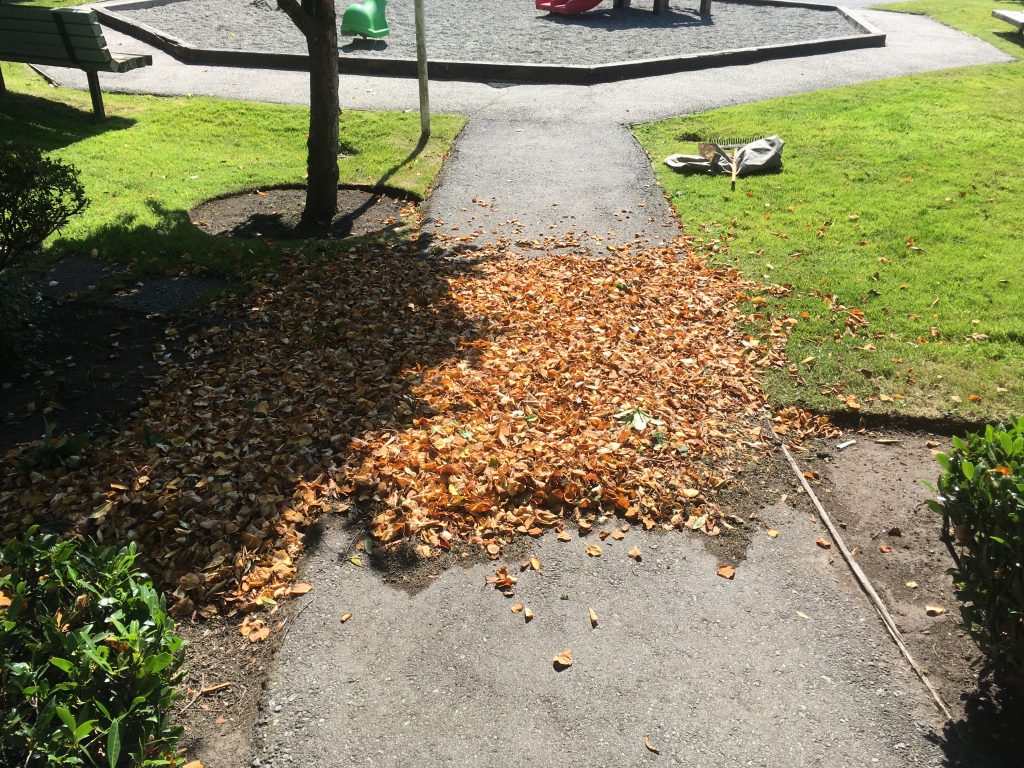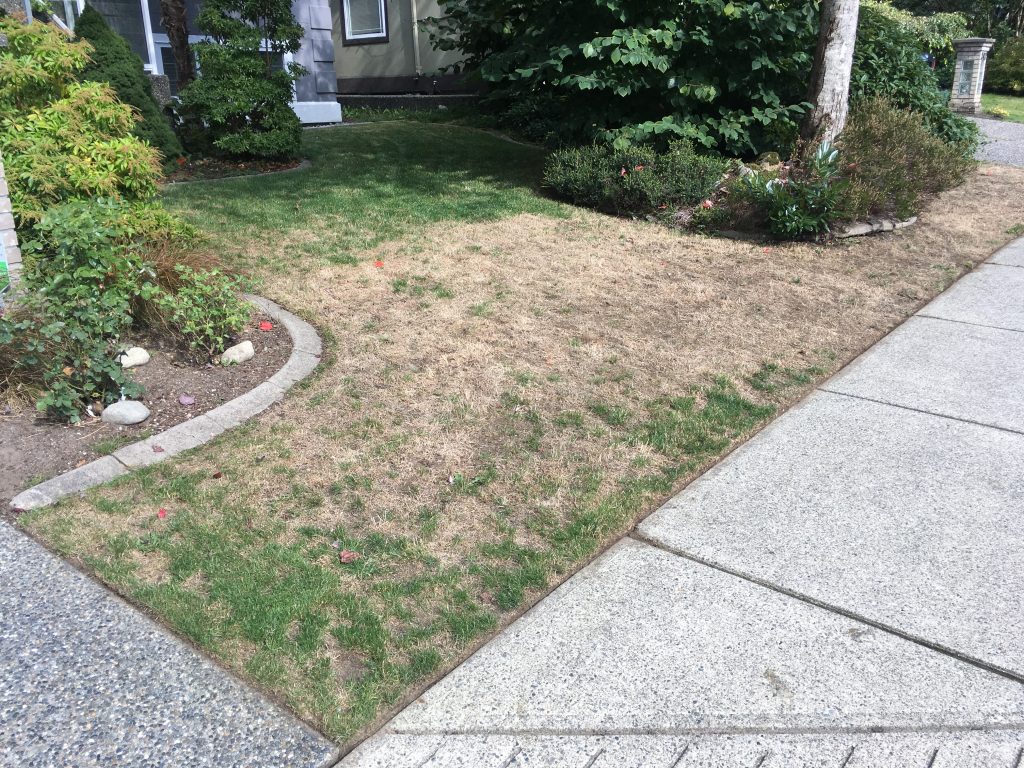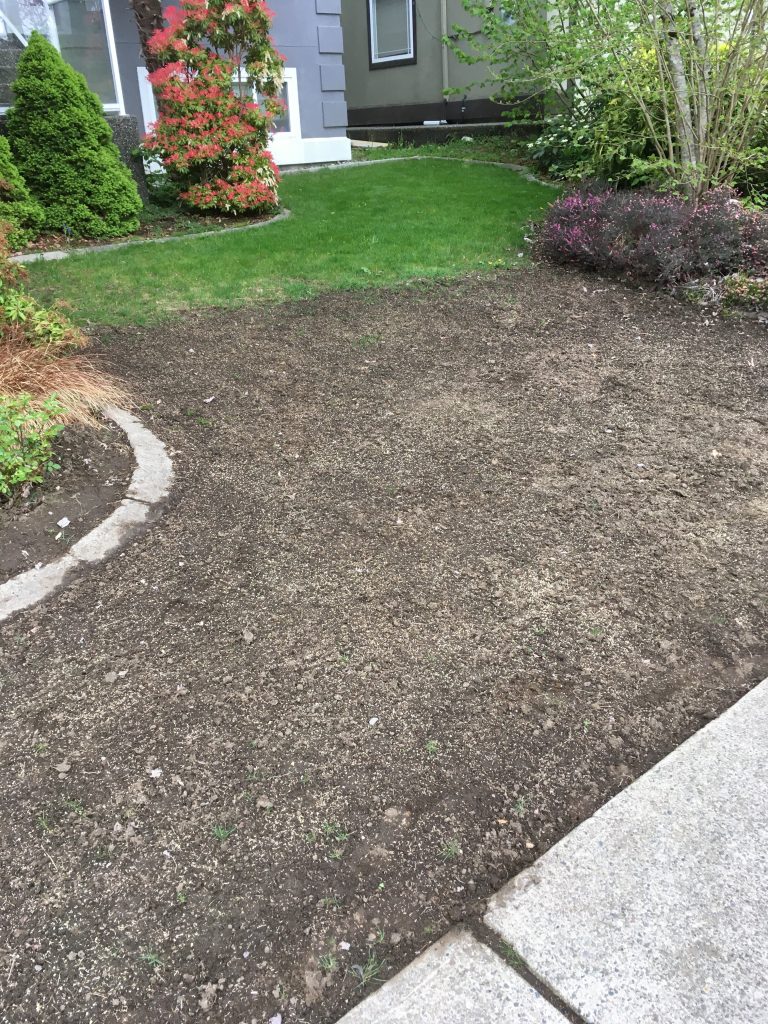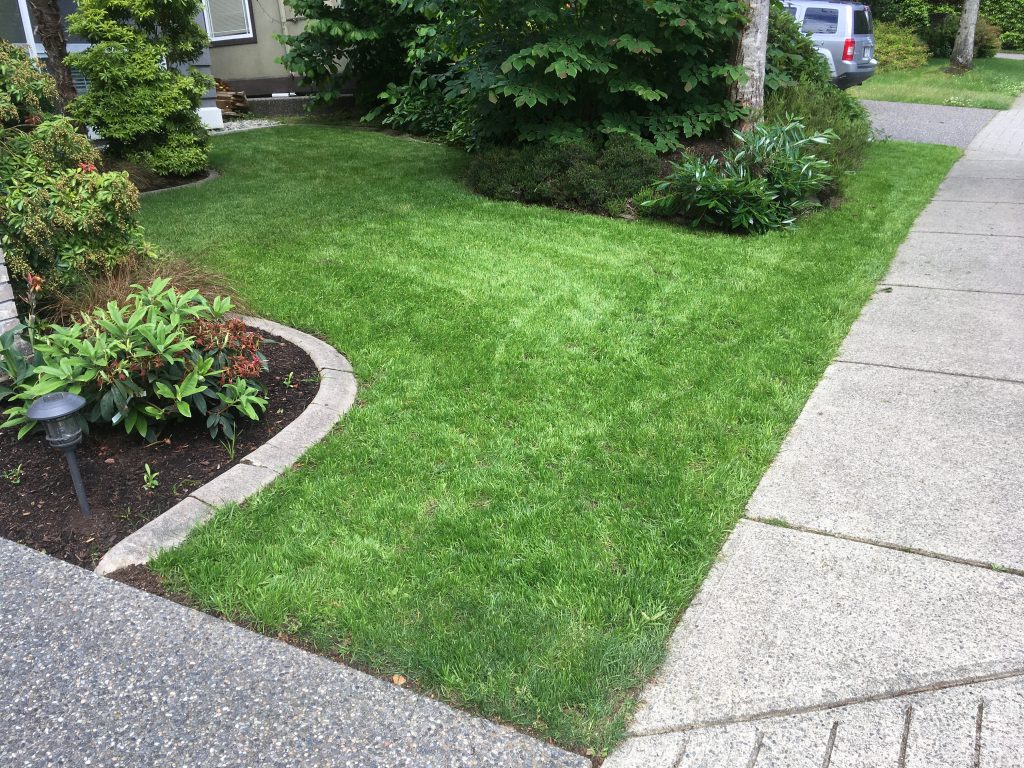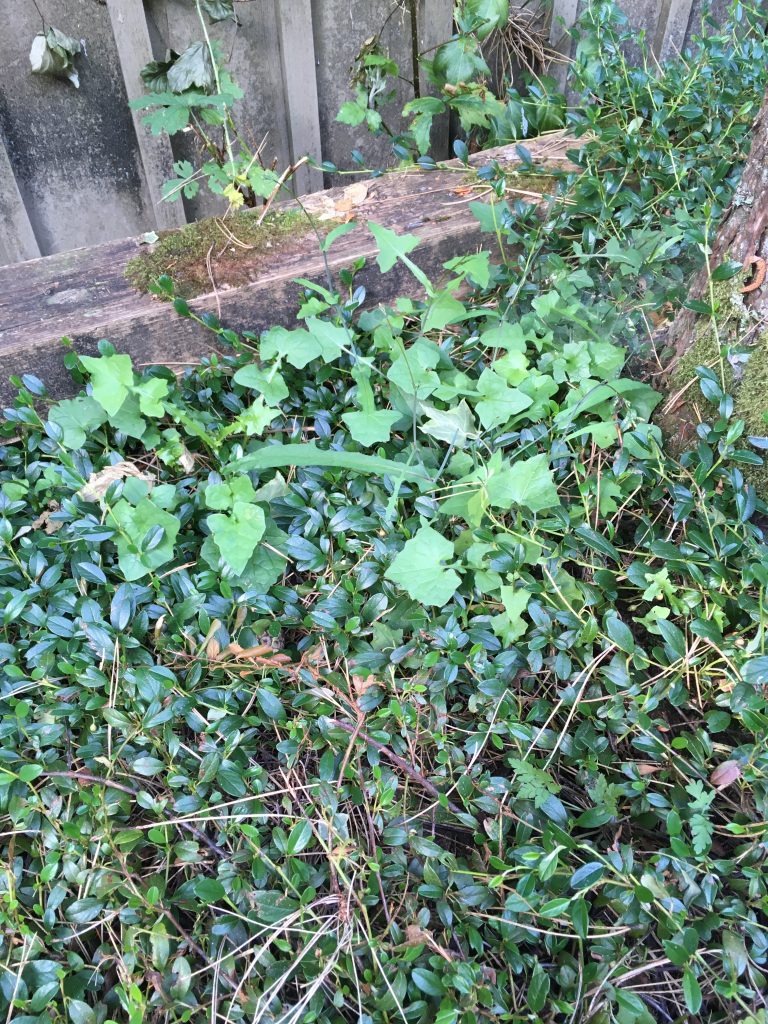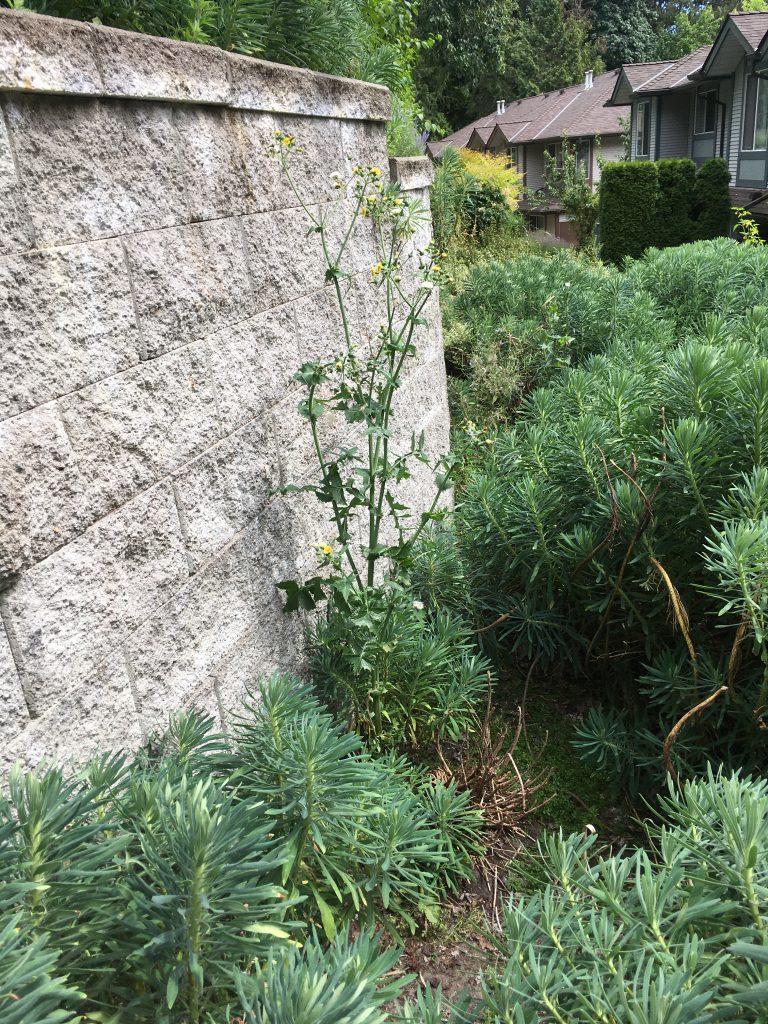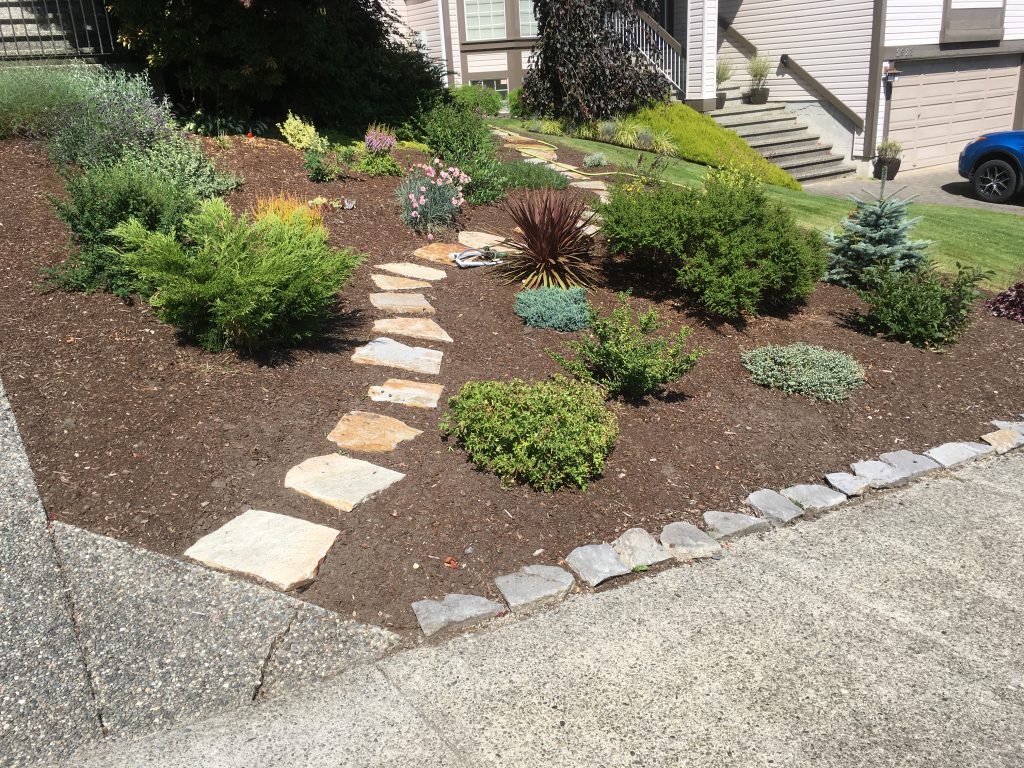Why prune?
Before you take out your shears and hand snips, ask yourself: why am I pruning in late summer? Usually, obstruction issues are the worst and should be done as soon as possible.
For example, I was asked to prune a dogwood that was encroaching into a walkway. That’s a problem and it’s easy to solve.
Other pruning like perennial and shrub cutback isn’t as critical and could be delayed if time is short.
Let’s take a look at some examples of my work.
Obstruction
Shrubs encroaching onto walkways get residents excited so it’s best to do this kind of pruning as soon as possible. In this case it was a dogwood shrub. Don’t forget to hand pick the branches off the top; they will be noticeable once they dry up and turn brown.
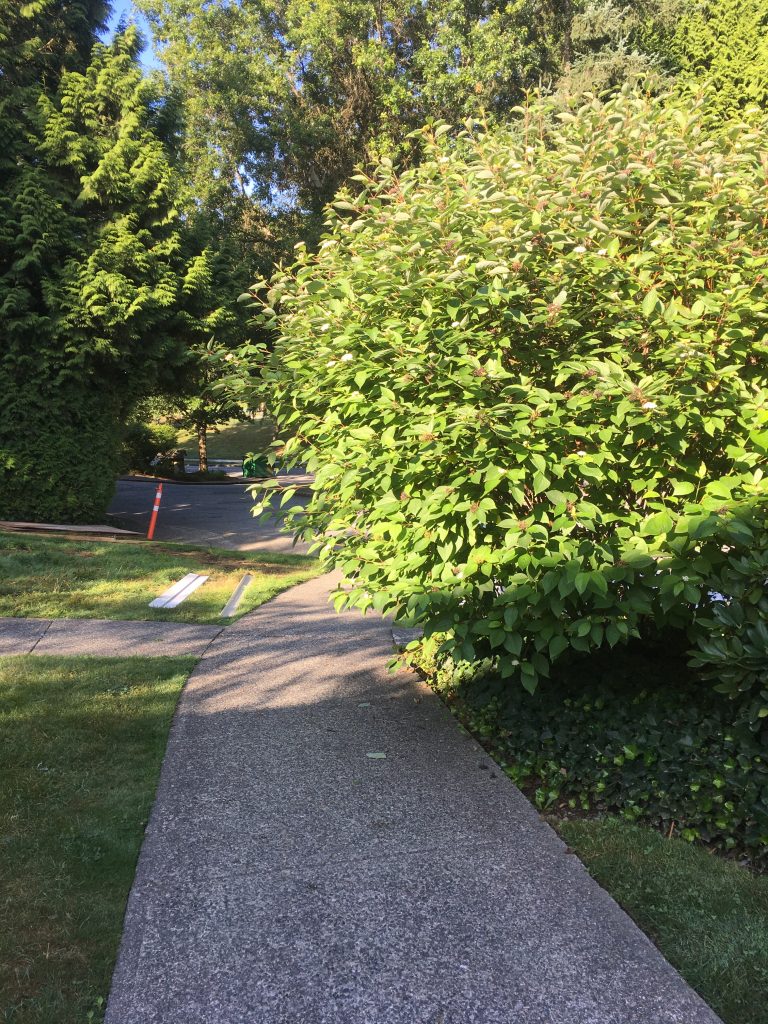
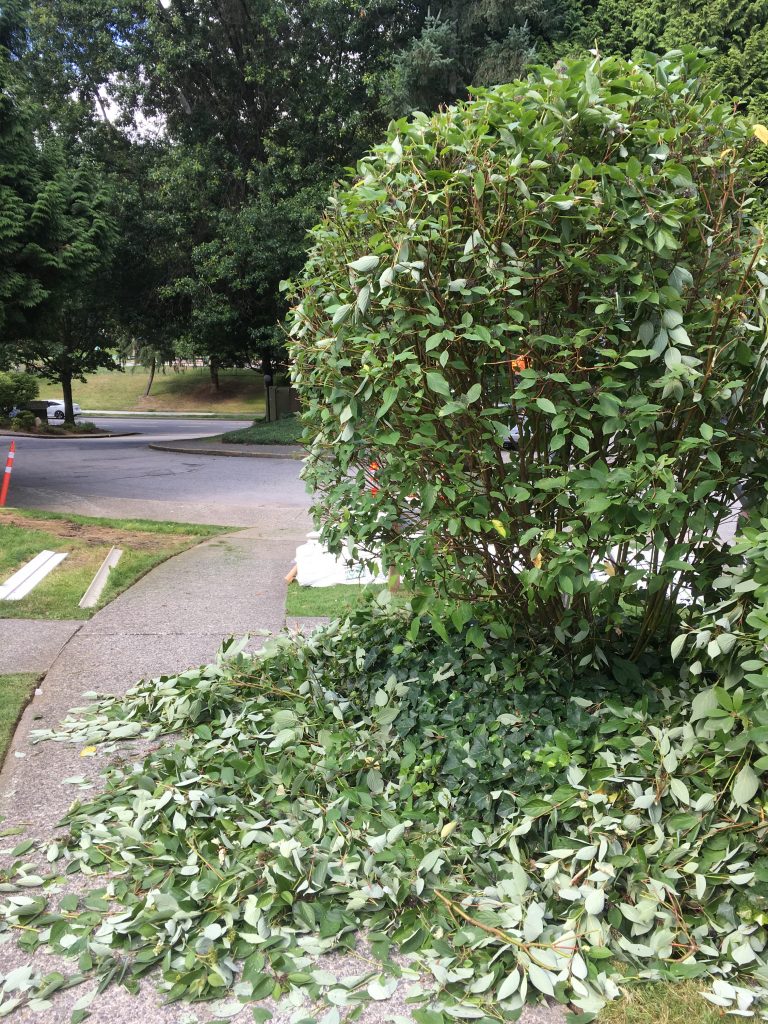
Another pressing case involved Rhododendrons encroaching onto a patio. This patio is well-used by the family and their friends and the rhodos become annoying in late summer.
Always snip rhodos by hand because power shears just shred the plant tissues and corrections have to be made by hand anyway. This job didn’t take very long; it’s like therapy for me, hand-snipping on a sunny day.
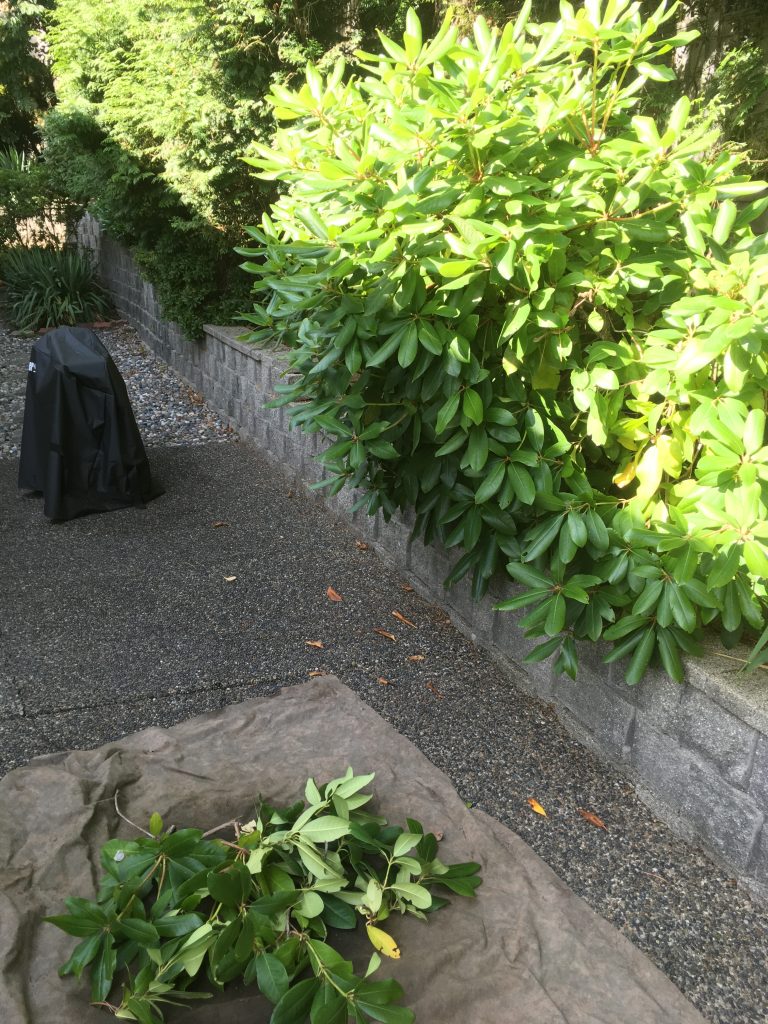
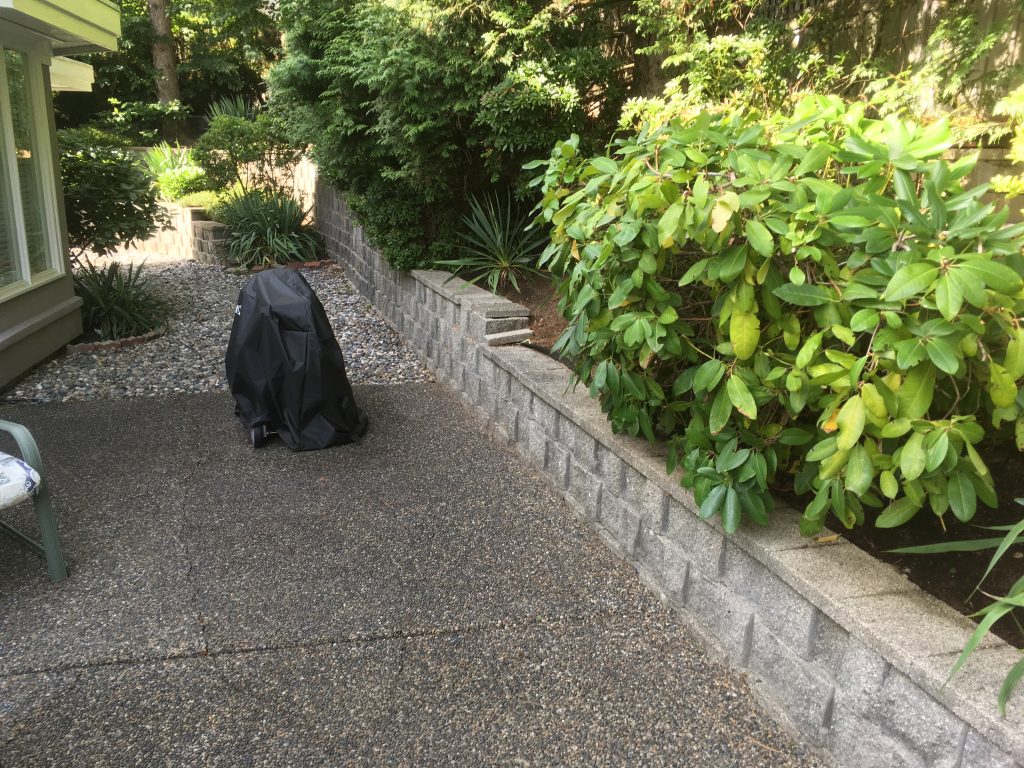
One serious safety issue is plant obstruction around lights. Here I used pole pruners to eliminate Red maple (Acer rubrum) branches covering a lamp along a high-profile walkway.
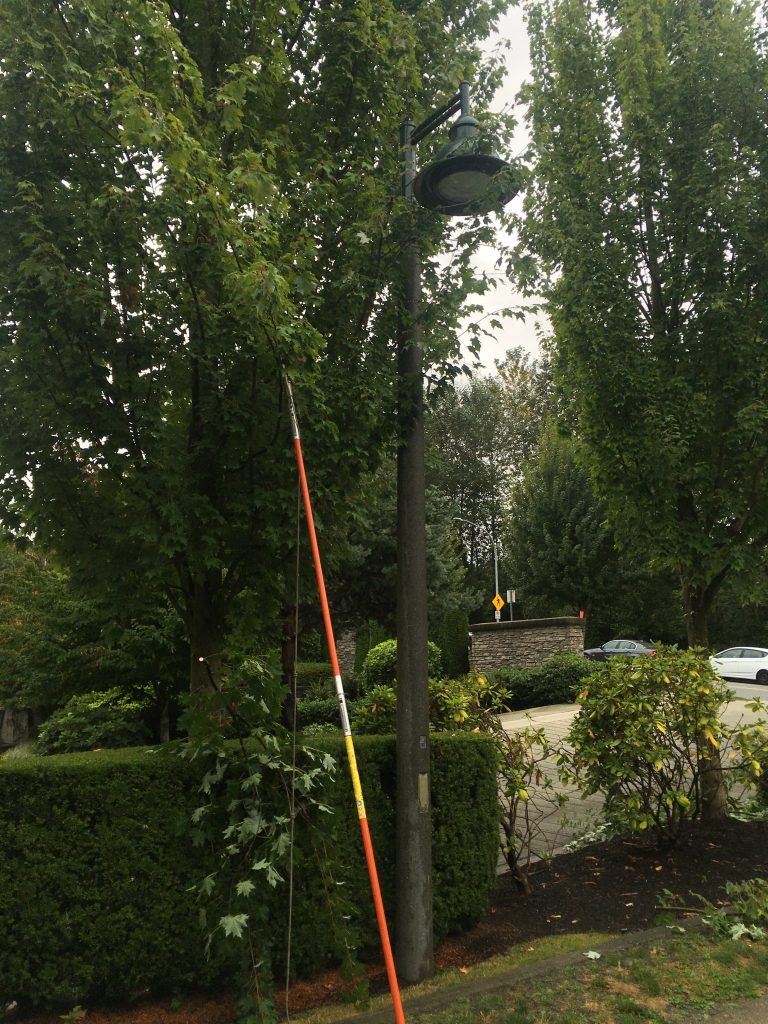
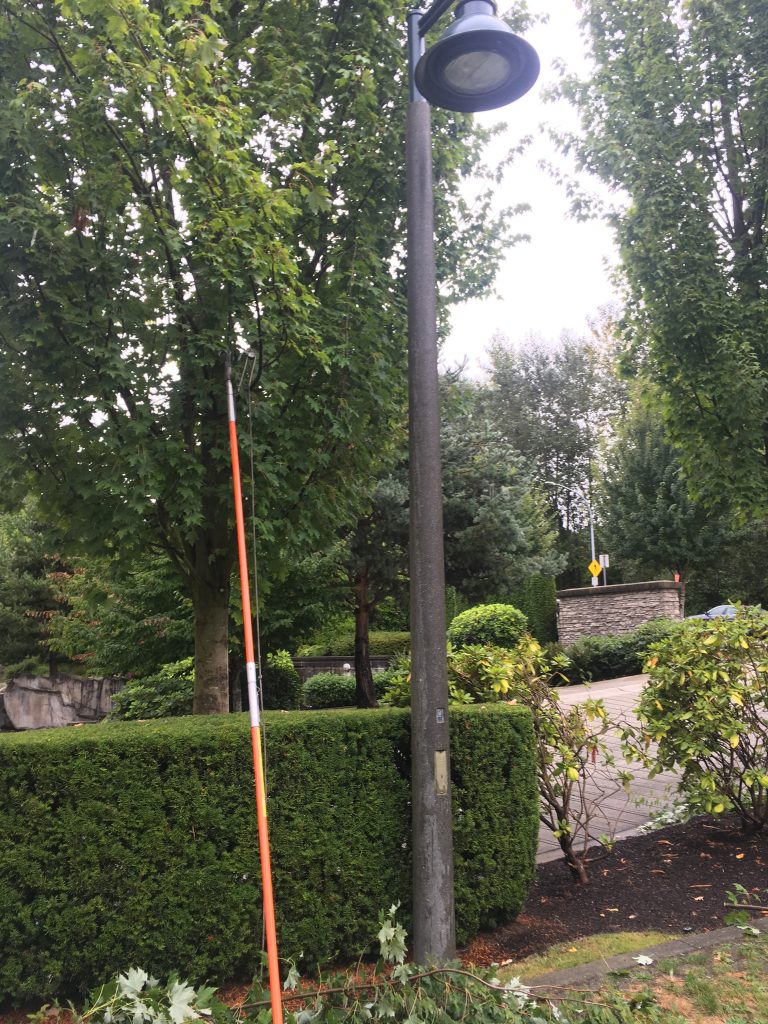
Less critical pruning
It’s nice to clean-up perennials in your garden like Hostas or shrubs like butterfly bush (Buddleja) and lilacs (Syringa sp). But it’s not as critical as obstruction pruning.
Spent Hosta flower spikes can be snipped out.
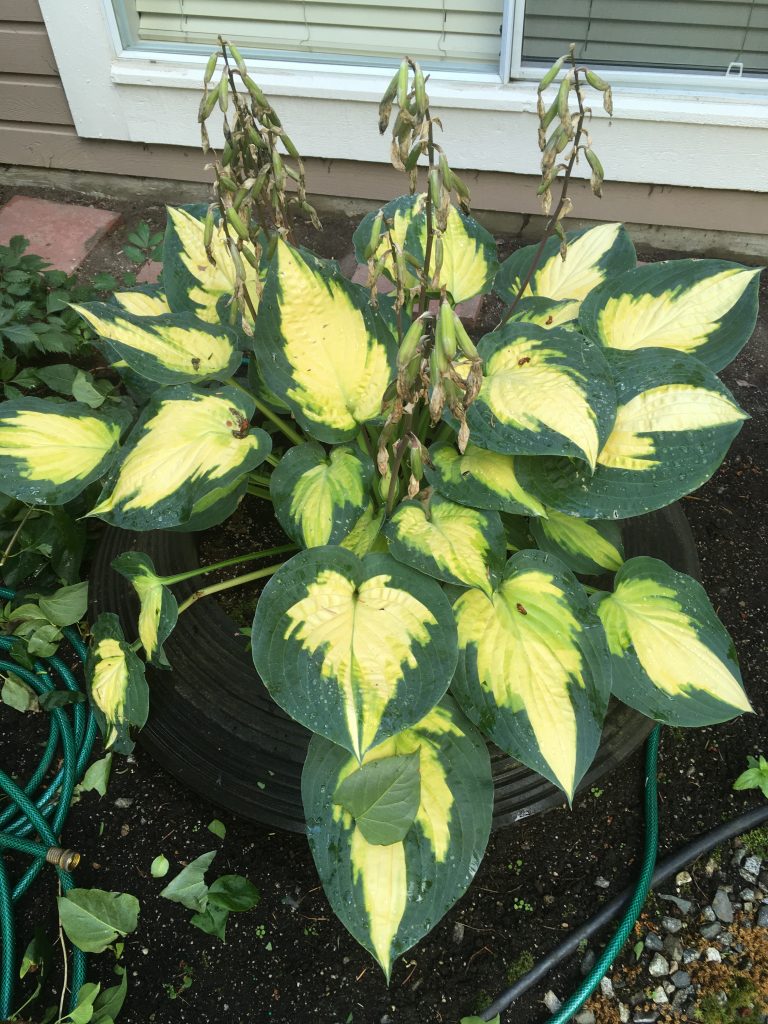
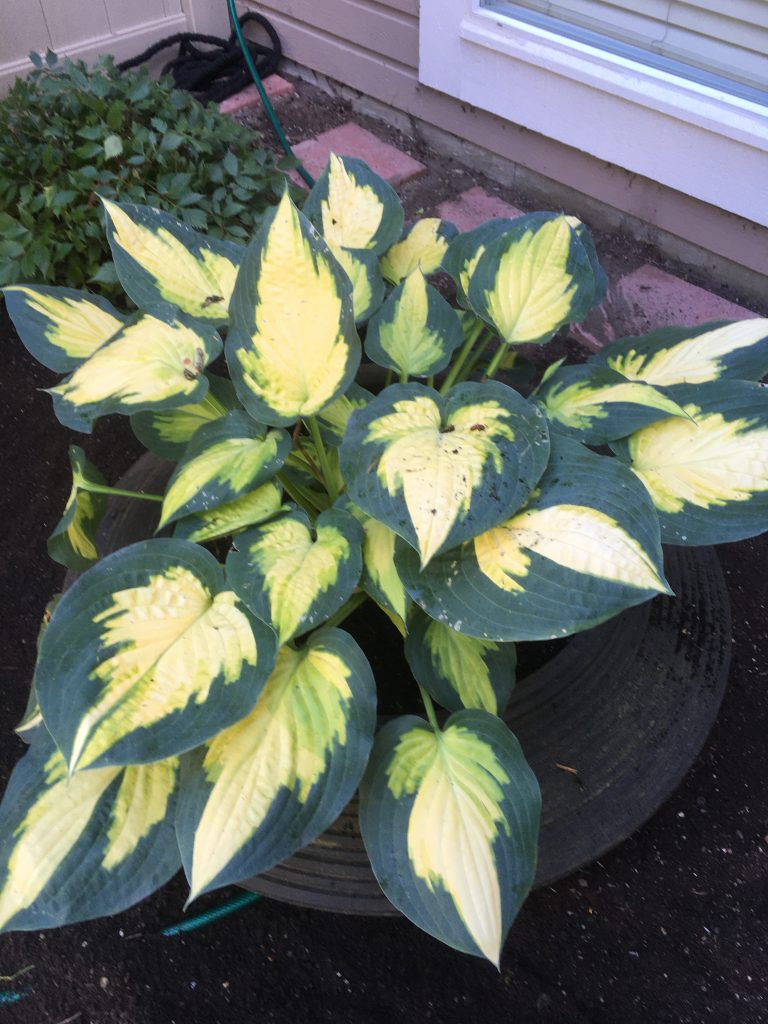
Lilacs (Syringa sp) flower early in the season and once the flowers fade, it’s nice to snip them out. I did this shrub last week because I don’t normally work on this site. But again, it’s not super critical.
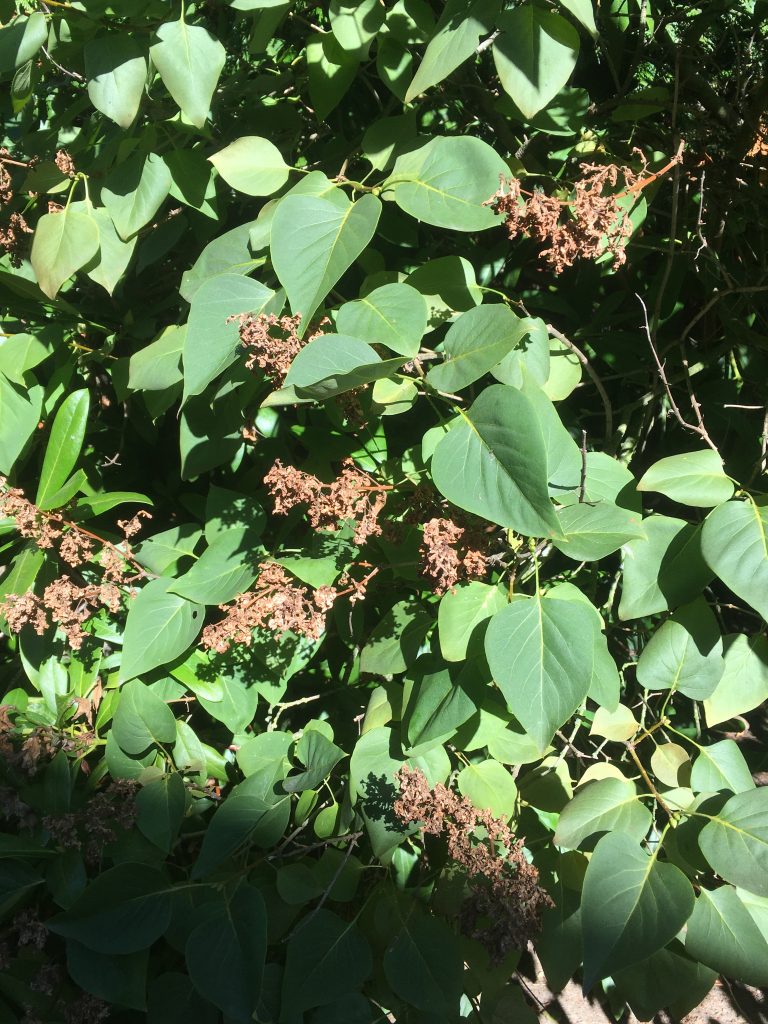
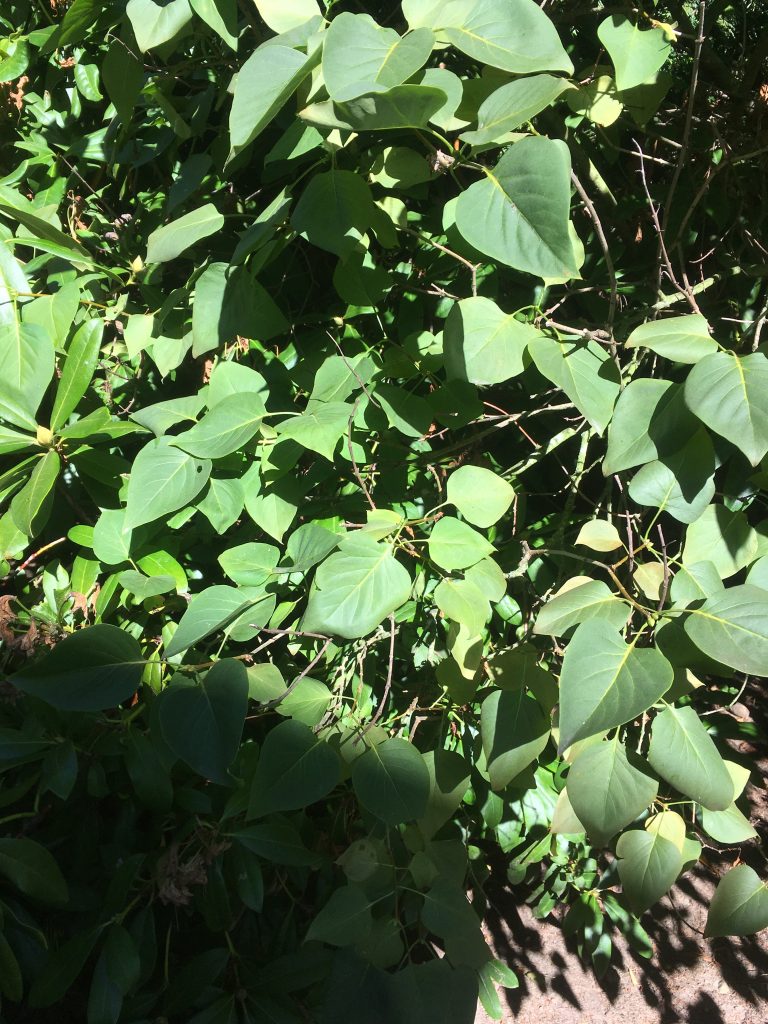
Buddleja is a borderline invasive species but it sports beautiful flowers. This specimen was growing wild making mower access a bit challenging so I took it down by half. But don’t worry. It will make a comeback soon enough.
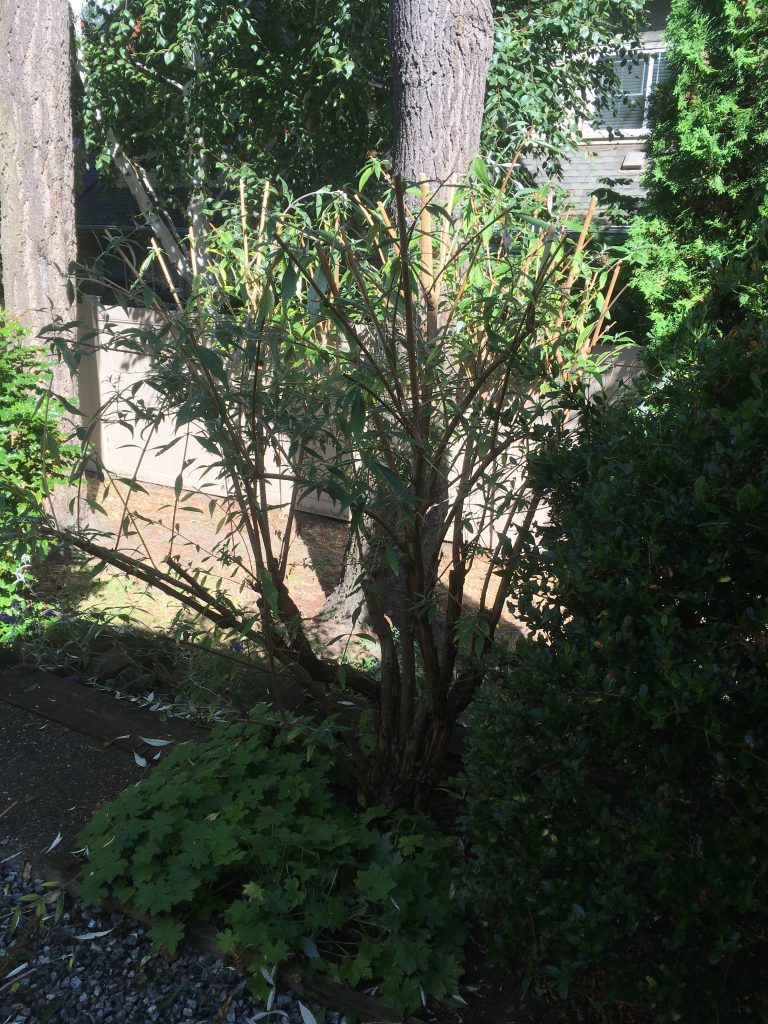
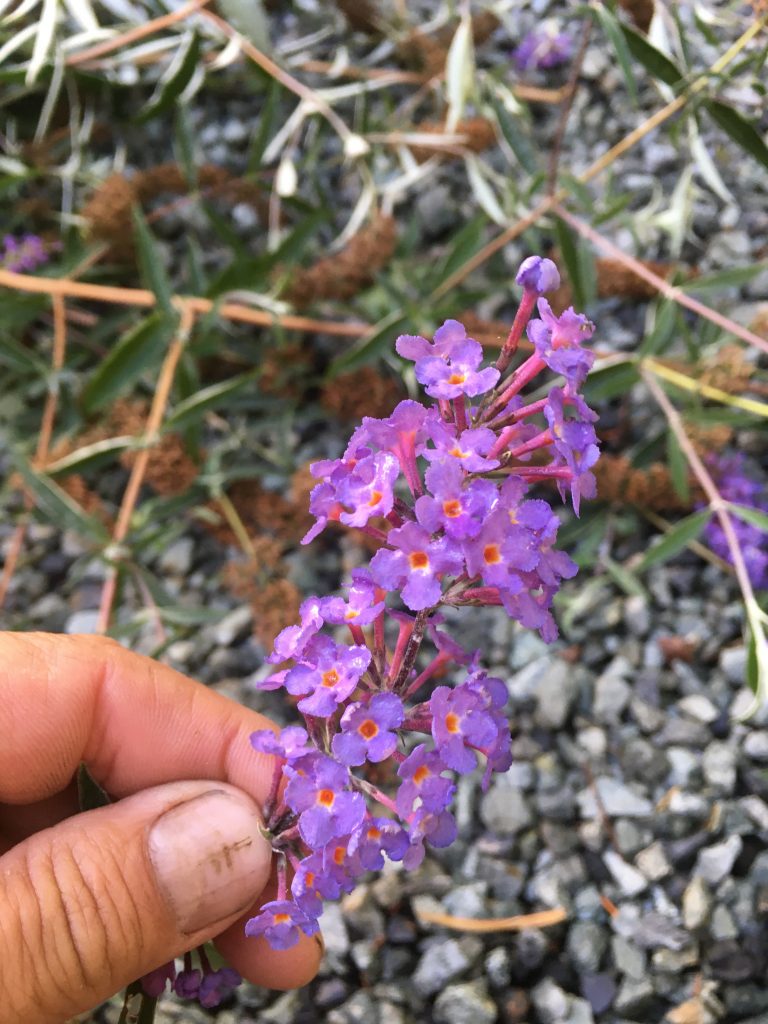
Conclusion
Have some fun with late summer pruning; and pay attention to obstruction and safety issues. Always know why you are pruning and get to know your target plants. Plants are fascinating so treat them well.


